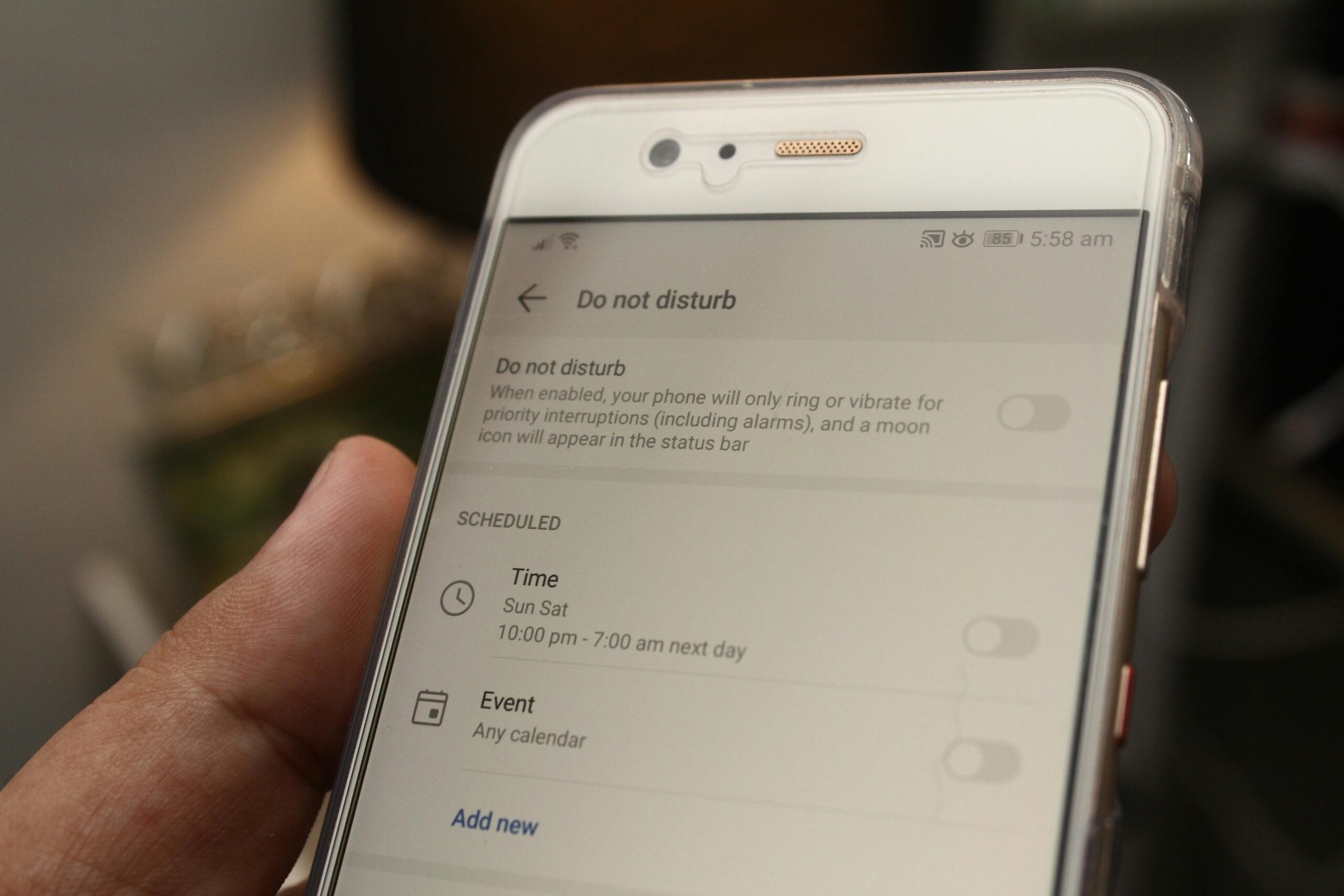Thriving in 2025: 7 Mindful Self-Care Strategies to Balance Tech, Work, and Wellness
Let’s be honest: By 2025, the line between “living” and “managing” will blur even further. Your phone buzzes with Slack updates during dinner. Your smartwatch nudges you to stand up after back-to-back Zoom calls. Algorithms decide what you watch, buy, and even how you unwind. But what if thriving in this hyperconnected era isn’t about doing more—but about rewiring how you engage with the noise?
Don’t think this is one of those talks where you gotta ditch social media or escape to the woods. No, it’s more about building a good balance with tech, work, and taking care of yourself. Like, imagine it’s a suit made just for you—smart, useful, fits just right. We’ll go over seven ways you can get your grip back—without giving up on your goals or happiness.
1. Design Your Digital Environment Like a Zen Garden
Tech isn’t inherently toxic—it’s how we use it. Start by auditing your apps and devices through the lens of intentionality. Ask: Does this tool expand my capacity, or fragment my attention?
- Curate notifications like a museum director: Turn off non-urgent pings (yes, even email badges). Apps like Freedom or Focus@Will can block distractions during deep work sessions.
- Create “sacred” zones: Ban devices from your bedroom and meal areas. Research from the National Sleep Foundation shows screen-free evenings improve sleep quality by 37%.
- Embrace analog anchors: Swap scrolling with tactile rituals—a morning journal, evening walks without AirPods, or cooking without YouTube tutorials.
“The goal isn’t to hate technology,” says productivity coach Jamie Wright. “It’s to design a digital ecosystem that serves you, not the other way around.”
Try this: For one week, delete all non-essential apps from your phone’s home screen. Notice how your habits shift.
2. Master the Art of Time Blocking (Without Obsessing Over Productivity)
Time management in 2025 isn’t about squeezing more into your calendar—it’s about creating buffers for spontaneity. Enter rhythmic scheduling, a method that alternates focused work with intentional recovery.
| Traditional Time Blocking | Rhythmic Scheduling |
| Back-to-back tasks | 90-minute work sprints |
| Guilt over “wasted” time | 20-minute recovery gaps |
| Rigid structure | Flexible, theme-based days |
Tech tools like Reclaim.ai automate calendar harmonization, syncing work tasks, workouts, and even downtime. But the real magic happens offline: After each work sprint, step away from your desk. Stretch, hydrate, or stare at a tree. A University of Illinois study found micro-breaks boost creativity by 40%.
Pro tip: Schedule “transition rituals” between work and personal time—a 5-minute breathing exercise or a playlist that signals “work mode off.”
3. Rewrite Your Relationship with Email (Yes, It’s Possible)
Email isn’t going anywhere, but your inbox doesn’t have to be a psychological minefield.
- Batch process messages: Check email twice daily—10 AM and 3 PM—using templates for common replies. Tools like Superhuman speed up responses with AI-assisted shortcuts.
- Use “Send Later” strategically: Avoid after-hours replies that set unhealthy expectations. Gmail and Outlook now let you schedule sends for weekday mornings.
- Unsubscribe aggressively: If a newsletter doesn’t spark curiosity or joy, ditch it. Unroll.Me streamlines the process.
Laura Mae Martin, Google’s productivity advisor, suggests treating email like a river: “You can’t control what flows in, but you can decide when to step into the water.”
4. Leverage AI as a Wellness Ally (Not a Overlord)
AI gets a bad rap for fueling burnout, but used wisely, it can offload mental labor.
- Delegate decision fatigue: Apps like Motion auto-schedule tasks based on energy levels. Finch gamifies self-care with a virtual pet that thrives as you do.
- Filter information overload: ChatGPT plugins can summarize lengthy reports or meetings. Otter.ai transcribes calls, freeing you to listen actively.
- Personalize fitness: Freeletics uses AI to adapt workouts to your progress, while Headspace tailors meditations to your stress levels.
The key? Treat AI like a sous-chef—it handles prep work, but you’re still the chef.
5. Set Boundaries That Stick (Even with a “Always On” Boss)
Remote work erased the office exit, making boundary-setting a survival skill.
- Negotiate “focus hours”: Propose blocks where you’re unreachable for meetings. Frame it as a win for productivity—Harvard Business Review notes employees with focus time report 30% higher job satisfaction.
- Use status updates wisely: Slack/Teams statuses like “Deep Work Until 2 PM” or “School Run—Back at 3” normalize offline time.
- Practice graceful “no’s”: Instead of “I can’t,” try “I’m prioritizing X project this week—can we revisit next Monday?”
Remember: Boundaries aren’t selfish. They’re the guardrails that keep you from veiling into resentment.
6. Recharge with Nature-Inflected Tech Breaks
Screen fatigue is real, but you don’t need a digital detox retreat to reset.
- Try “forest bathing” via your screen: Platforms like Friluft stream live nature scenes with ambient sounds for mini mental escapes.
- Sync workouts with sunlight: Use the Circadian app to align exercise with your body’s energy peaks. Morning light exposure boosts serotonin, priming you for better focus.
- Gamify outdoor time: Apps like Pokémon Go or AllTrails turn walks into adventures.
Even hybrid workers can benefit: A University of Exeter study found desk plants reduce stress by 15%. Start small—a succulent counts.
7. Build a “Playlist” for Emotional Resilience
Wellness is more than yoga and green juice. It’s about handling feelings smoothly—making sure we don’t fall apart under stress.
- Make playlists for how you feel: lively songs for Monday mornings, soft jazz when things get hectic. Spotify’s AI DJ customizes mixes based on your habits.
- Schedule “worry windows”: Designate 15 minutes daily to jot down anxieties. Outside this window, mentally shelve them. Therapists call this “containment,” and it prevents rumination.
- Normalize “maintenance mode” days: Not every day needs to be a 10/10. Sometimes, a 6/10 is enough.
As author Brad Stulberg notes: “Sustainable success isn’t about peak performance—it’s about consistent practice.”
The Bottom Line: Thriving Is a Practice, Not a Destination
The future of self-care isn’t about extremes—it’s about fluidity. Some days, you’ll crush deadlines with AI as your co-pilot. Others, you’ll mute Slack and lose track of time painting with your kids. Both are victories.
Your move: Pick one strategy to experiment with this week. Maybe it’s time blocking with rhythmic breaks or a ruthless email unsubscribe spree. Notice what shifts. Then iterate.
And if you stumble? Perfect. Wabi-sabi, a Japanese idea, says there’s beauty in imperfection. The aim? Isn’t to master balance—it’s to keep dancing gracefully amid the chaos.
Want more? Sign up for our weekly newsletter for fresh strategies on living well in a wired world. Or tag us on Instagram with your favorite tip using #Thriving2025—we’ll reshare the best hacks.


